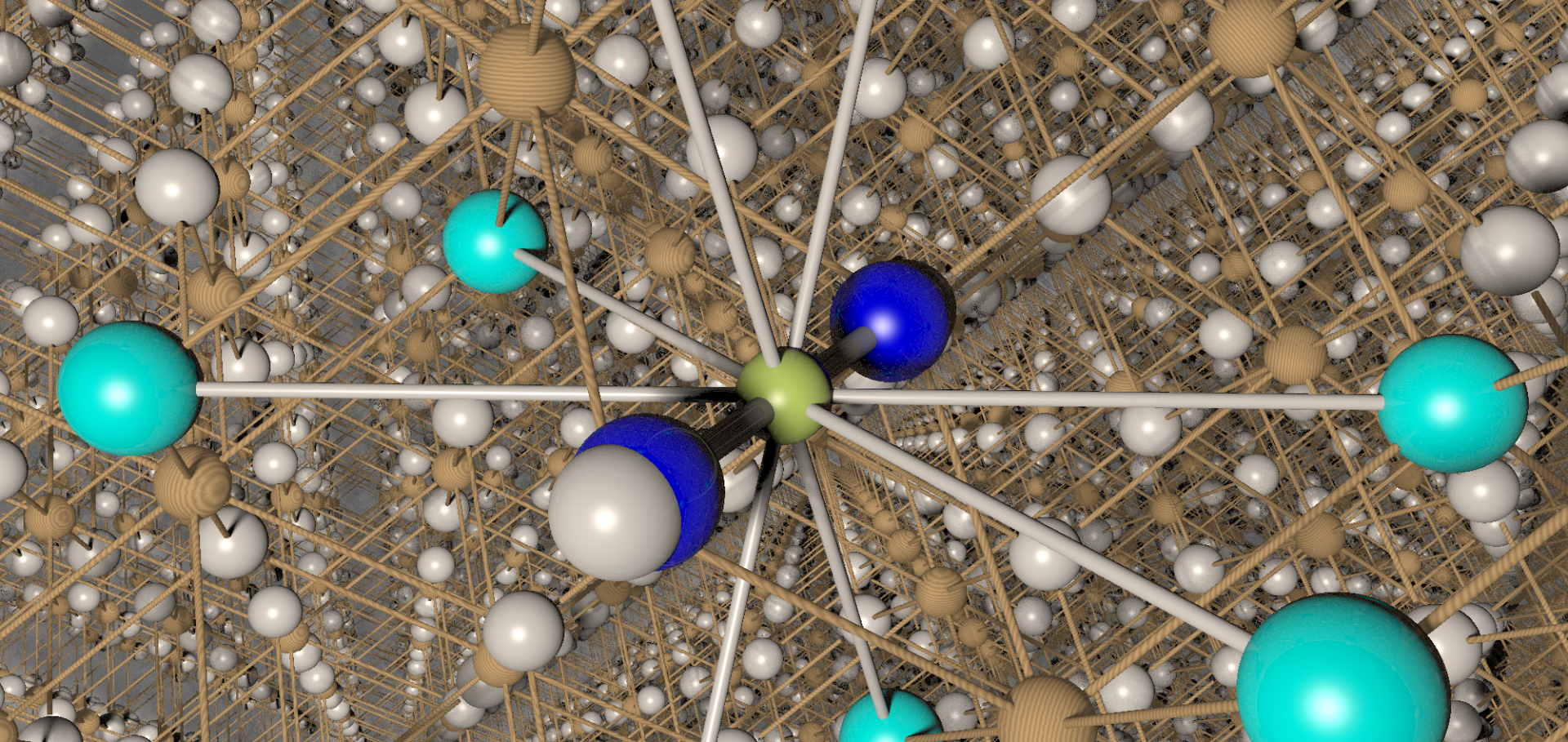Transverse field muon-spin rotation signature of the skyrmion lattice phase in Cu2OSeO3
Physical Review A American Physical Society 91:22 (2015) 224408
Abstract:
We present the results of transverse field (TF) muon-spin rotation (μ+SR) measurements on Cu2OSeO3, which has a skyrmion-lattice (SL) phase. We measure the response of the TF μ+SR signal in that phase along with the surrounding ones, and suggest how the phases might be distinguished using the results of these measurements. Dipole field simulations support the conclusion that the muon is sensitive to the SL via the TF line shape and, based on this interpretation, our measurements suggest that the SL is quasistatic on a time scale τ>100 ns.Probing the magnetic phases in the Ni-V alloy close to the disordered ferromagnetic quantum critical point with muSR
(2014)
Probing the magnetic phases in the Ni-V alloy close to the disordered ferromagnetic quantum critical point with μSR
Journal of Physics Conference Series IOP Publishing 551:1 (2014) 012003
The effect of the demagnetizing field in cylindrical samples in high transverse field μ+SR experiments
Journal of Physics Conference Series IOP Publishing 551:1 (2014) 012056
Transverse field muon-spin rotation signature of the skyrmion lattice phase in Cu2OSeO3
(2014)


